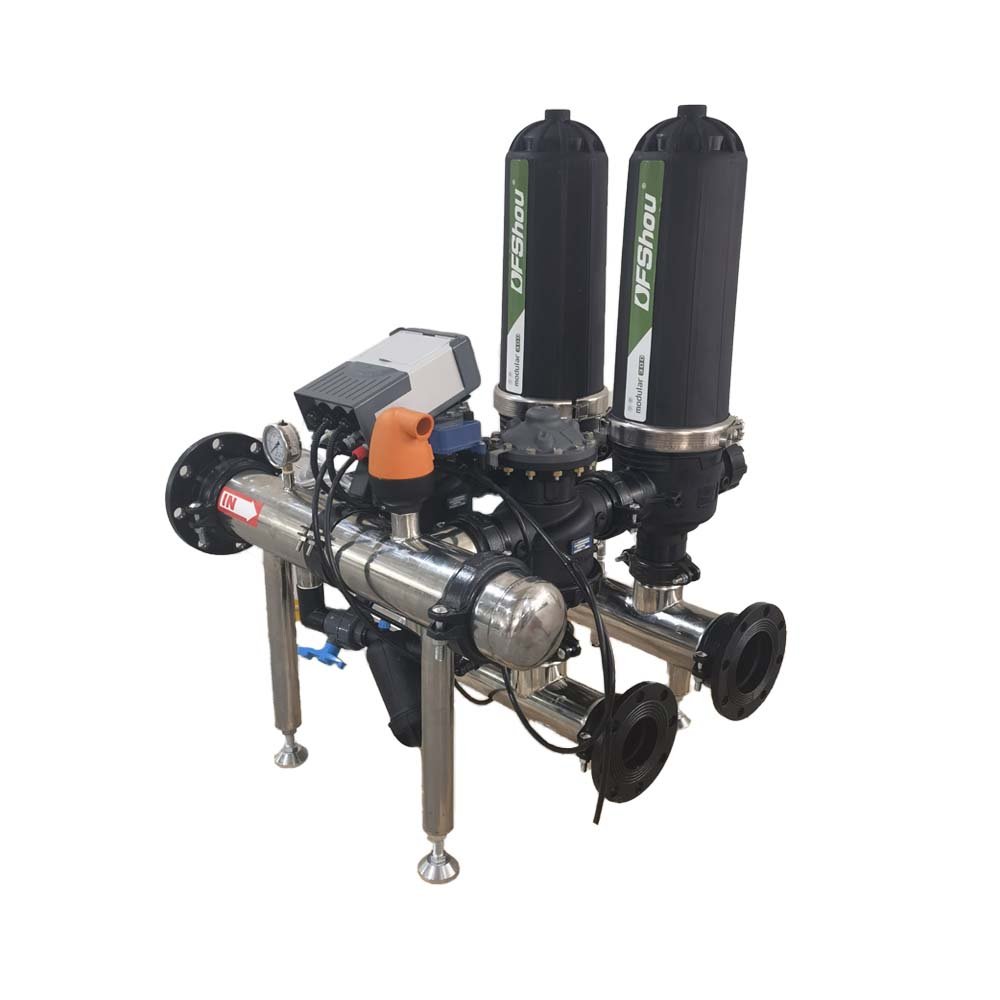Irrigation Water Treatment: Ensuring Sustainable Crop Growth
Introduction
Agriculture is the backbone of many economies around the world, and irrigation plays a vital role in ensuring sustainable crop growth. However, the quality of water used for irrigation is often overlooked, which can have a significant impact on crop productivity and the environment. Irrigation water can contain contaminants such as salts, minerals, pathogens, and pesticides, which can harm crops and soil health. Therefore, irrigation water treatment is critical to ensure sustainable crop growth.
The Importance of Irrigation Water Treatment
The quality of water used for irrigation is crucial for crop growth and health. Irrigation water with high salt content can cause soil salinization, leading to reduced crop yield and quality. Similarly, water with high levels of minerals such as iron, manganese, and calcium can cause toxicity to plants, leading to stunted growth and reduced yield. Furthermore, irrigation water can contain pathogens such as bacteria, viruses, and fungi, which can cause plant diseases and reduce yield.
Pesticides are also commonly used in agriculture to control pests and diseases. However, if not properly managed, these chemicals can enter water bodies and contaminate irrigation water. This can have harmful effects on crops, animals, and the environment. Therefore, it is essential to treat irrigation water to remove contaminants and ensure sustainable crop growth.
Methods of Irrigation Water Treatment
There are several methods of treating irrigation water, and the choice of method depends on the type and level of contaminants present in the water. The most common methods of irrigation water treatment include:
- Filtration: This involves removing physical contaminants such as sand, silt, and debris using filters. Filtration is the most common method of irrigation water treatment and can be done using various types of filters such as sand filters, gravel filters, and multimedia filters.
- Chemical treatment: This involves adding chemicals such as chlorine, ozone, and hydrogen peroxide to the water to kill pathogens and remove contaminants. Chemical treatment is effective in removing pathogens and can also be used to remove dissolved organic matter, iron, and manganese.
- Reverse osmosis: This is a water purification method that involves passing water through a semi-permeable membrane to remove contaminants. Reverse osmosis is effective in removing dissolved solids, salts, and minerals from irrigation water.
- Ultraviolet (UV) treatment: This involves exposing water to UV light to kill pathogens such as bacteria and viruses. UV treatment is effective in removing pathogens and is often used in conjunction with other treatment methods.
In conclusion, irrigation water treatment is critical to ensuring sustainable crop growth. The quality of water used for irrigation can significantly impact crop yield and quality, and therefore, it is essential to remove contaminants such as salts, minerals, pathogens, and pesticides. Filtration, chemical treatment, reverse osmosis, and UV treatment are some of the common methods of irrigation water treatment. By treating irrigation water, farmers can ensure sustainable crop growth, protect the environment, and improve their yields and profits.


